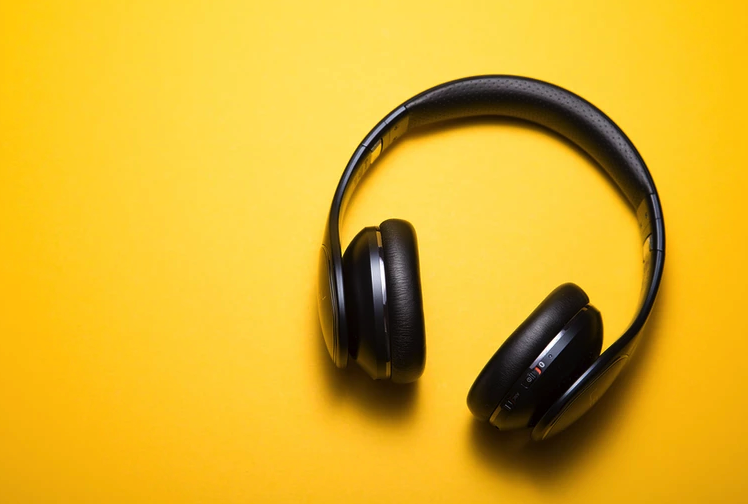
Consumer Audio Content Consumption is Rising, Especially For Podcasts
The media consumption habits of audiences are always changing, as new technologies over the years drove the masses from radio, to television, to desktop, to mobile. But as consumers’ lives get increasingly more hectic and busy with the many new forms of media available, there’s been an unexpected resurgence in audio-only content.
The revival of interest in audio content comes as a natural consequence of shifting audience lifestyles. Today’s consumer is multi-screen, multi-task, and constantly on the go. Mobile content often consumes all of the senses: there’s audio, visuals, and sometimes even tactile experiences involved — but audio-only content can be consumed without interfering with parallel activities.
Podcast Consumption is Spiking
Just looking at the numbers, it’s clear that audio content listening has exploded, particularly podcast content. In 2006, only 22 percent of the adult population in the United States was aware of podcasting. In 2020 this figure had risen to 75 percent.
In fact, eMarketer forecasts that US podcast ad spending will grow 10.4% to $782.0 million and surpass $1 billion in 2021; a 45% jump. The U.S. podcast industry surpassed 20% of all digital radio ad spending last year, and ad revenue for podcasts continued to grow in 2020 even after stalled commutes impacted listening.
And, thought it accounts for a smaller share of overall spend, programmatic digital audio spend is expected to see a similar jump in 2021 (46%).
US ad spending on podcasts will jump 45% in 2021, according to eMarketer.

Courtesy of eMarketer
In pure numbers of listeners, podcasts have become an increasingly popular pastime, often in conjunction with other activities, with an estimated 88 million podcast listeners in the country in 2019. Forecasts suggest that the number of podcast listeners will surpass 160 million in 2023 after increases of around 20 million each year. This is based on the assumption that the number of US podcast listeners will increase 16.0% year-over-year (YoY) to 106.7 million.
As the pandemic winds down, and additional adults resume commuting to work, it can be assumed this number will only further increase.
What Does the Average Audio Content Consumer Look Like?
62% of young consumers 13-39-years-old listen to podcasts, with 26% reporting that they listen to podcasts every week. We also found that Gen Z is now just as likely to be listening to podcasts as Millennials. In short: podcasts are a viable, if not vital, way to reach next generation consumers.
And, of course, many brands are racing to reach them there.
Young podcast listeners are split on their ad-listening habits. Among those who don’t pay for an ad-free podcast experience (which one in ten do) 44% listen to podcast ads, and 44% skip over them. But that is still a significant segment of young consumers who are actively listening to the ads in their chosen podcasts.
50% of young people who listen to podcasts told us that they would rather listen to a podcast ad than watch a TV commercial.
Programmatic Digital Radio Advertising is Rebounding in 2021
US digital radio ad spending will reach $3.72 billion in 2021. In 2020, 16.5% of digital radio ad spend was transacted programmatically, and that figure will reach 21.0% by 2022. The rebound in revenue is projected to be just as substantial for programmatic digital radio as it is for podcast advertising, seeing a 46% bump over the dip in 2020.
US ad spending on programmatic digital radio will jump 46% in 2021, according to eMarketer.

Courtesy of eMarketer
New Audio-Centric Platforms
Spotify just launched an audio advertising marketplace to help advertisers reach more podcast listeners. But while tools are being created to more easily get ads into podcasts, not all brands are familiar with podcast marketing—and most don’t know what young listeners want when it comes to their podcast ads.
Social networks are also chasing audio content. The social app Clubhouse was created just for that reason: why tweet or snap each other when you can just talk instead? Even with an invite-only approach to the app, there’s already a community of over 1 million users on the platform, which is valued at over $1 billion in its first year of life. The app’s rapid rise in popularity just goes to show how audio content is poised to compete, or even overtake, some visual-centric social media platforms.